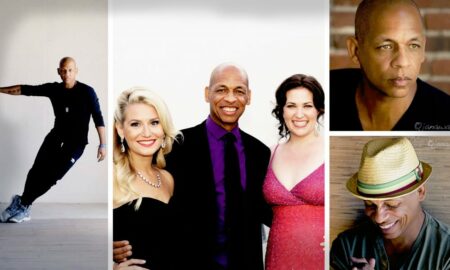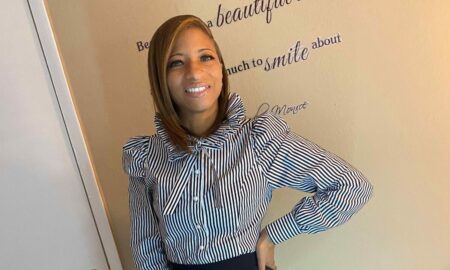 Today we’d like to introduce you to Helen Crawford.
Today we’d like to introduce you to Helen Crawford.
So, before we jump into specific questions about the business, why don’t you give us some details about you and your story.
I spent my childhood, teens, and 20’s exploring the buildings, streets, spaces, and waterways of New York City. Weekends were spent in my grandfather’s wood shops, the brownstones of my family in Brooklyn, and the natural and constructed landscapes of the urban environment.
I grew up in an old, Dutch style house, two blocks from the backwaters of the Atlantic Ocean. As a kid, I could literally stand with one foot in the city, and the other in the marsh. It was weird and interesting to be in two vastly different spaces at one time. This is how I began thinking about the impact of space and surroundings on our bodies and well-being.
From there, I went to art school, and then studied architecture.
We moved to Atlanta in 2001. Once we figured out the city, we bought a tiny house with good bones, and big windows in a walkable neighborhood. It’s 90 years old and has been restored by us. Even after an addition it is still under 2000 sf. I believe in small houses, especially in a city fabric.
Has it been a smooth road?
Certainly not a smooth road! One of the biggest struggles for me personally has been about balance: as a creative professional, a woman, mother, and person. I strongly think space and well-being are linked, and that our spaces are our refuge. So, while I was trying for many years to juggle family, large architectural practice, and everyday life, I did a lot of thinking about how people dwell – How we spend our days moving from our inner spaces, our rooms and houses, to our communities then, and back to our spaces. I began thinking that our houses are foremost a frame and filter for daily dwelling. I knew I wanted to build a design company around these observations and figuring out what that could be took time. As a result, Primitive Huts became a unique architectural design consulting company.
So, let’s switch gears a bit and go into the Primitive Huts story. Tell us more about the business.
After more than 20 years practicing architecture, I launched Primitive Huts in late 2015. Primitive, comes from the Latin word primitivus which means “first of its kind” or original. In the history of architecture, the Primitive Hut is considered the first architectural idea, the origins of architecture, and its practice. It comes from a famous essay by Abbe Marc-Antoine Laugier that dates from 1735. Every student of architecture reads this essay. The primitive hut is a symbol of the first modern house. It is an emblem of well-being, nature, and the art of dwelling.
My philosophy of dwelling focuses on place, time, and healthy spaces. The house is a wrapper for living. Simultaneously an inside and an outside, our homes are extensions of our bodies. In our practice, our design approach is simple: timeless form, appropriate proportion, elegant scale of parts, commodity of materials, daylight, good construction detailing, interior spatial flow, a weather-proof wrapper, daydreaming, and delight.
In our practice, we use design to help people to live each day with more meaning, instead of simply building structures, and that is a different approach to architectural practice. Design is the art of living, and small, simple spatial interventions can increase joy and well-being. My husband calls me a house doctor and a space therapist. Often, I make house calls that include: curb appeal projects, house well-checks, existing structure assessments, design consultations, interior architecture and design, garden design, furniture and fine art placement, and master planning. We help clients organize home projects to create a plan of action for them to follow over time, and also provide full-service architectural design, including ground-up construction and renovation.
How do you think the industry will change over the next decade?
My wish is that we continue to move in a holistic and sustainable direction that goes beyond material innovation and energy conservation, that includes city and town planning, repairing existing city fabric with infill structures that are appropriate. I hope our industry pushes various agencies to create affordable housing, increased walkable communities with transportation, and community shops. I think we are heading there.
Contact Info:
- Website: http://www.primitivehuts.com
- Phone: 678-984-0958
- Email: crawfordstudio@gmail.com
- Instagram: @primitivehuts
- Facebook: https://www.facebook.com/primitivehuts/
- Other: http://www.helenfergusoncrawford.com/home.html






Image Credit:
all photos by Helen Crawford
Getting in touch: VoyageATL is built on recommendations from the community; it’s how we uncover hidden gems, so if you know someone who deserves recognition please let us know here.



















